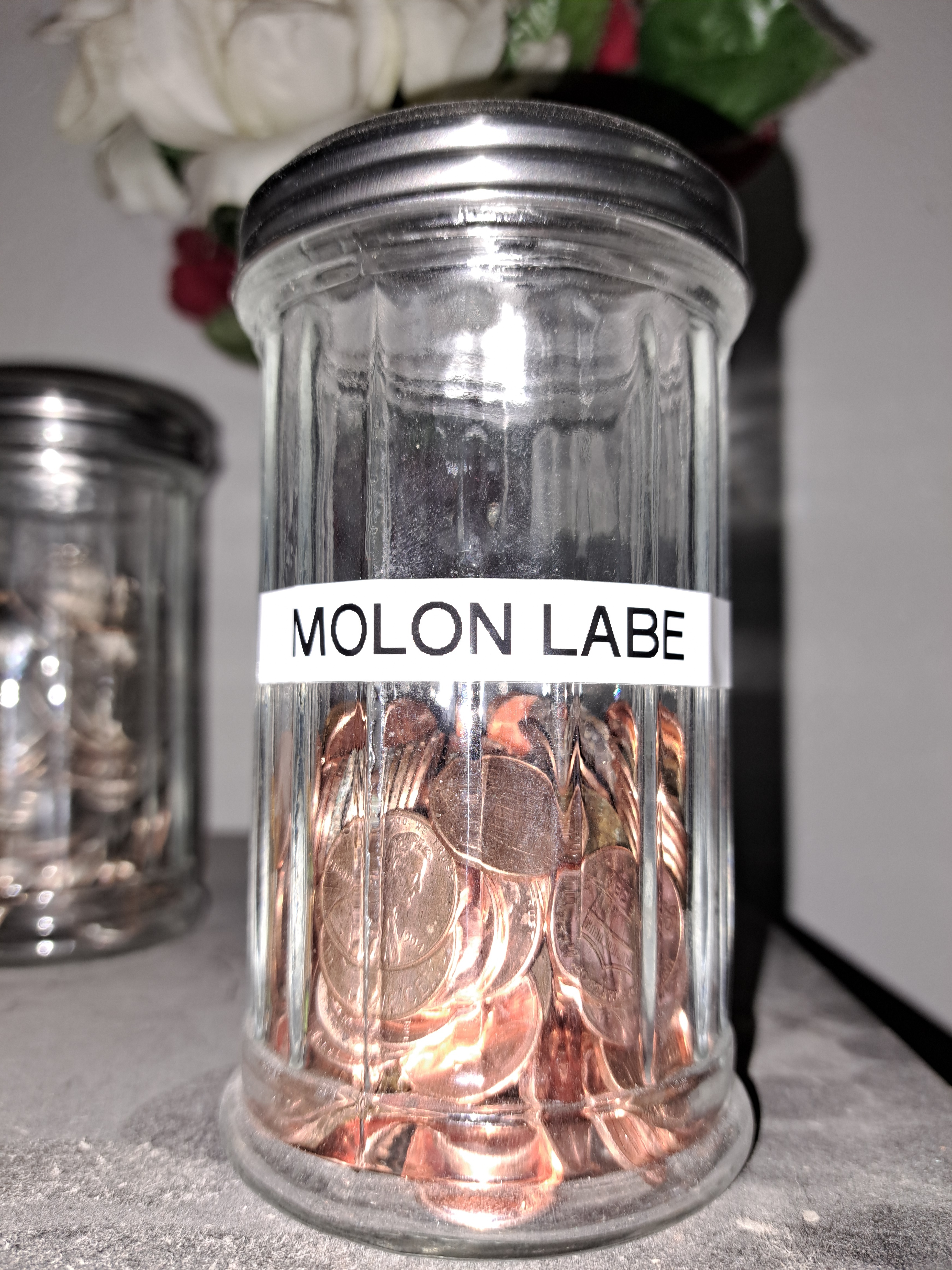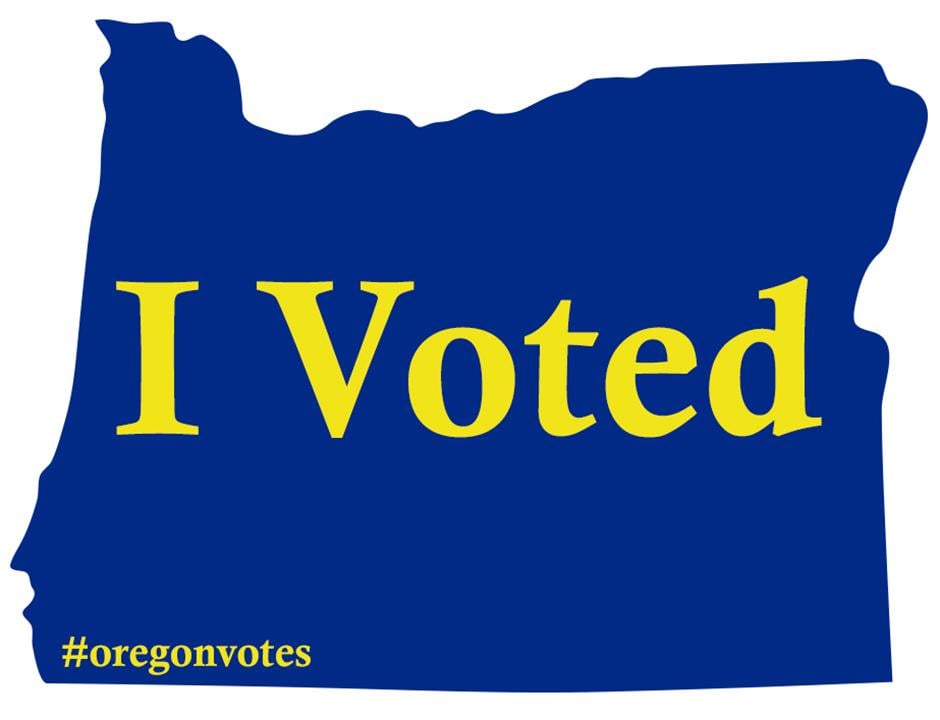Canada got rid of the penny 12 years ago. Hardly raised an eyebrow.
I love your polymer notes. Makes our greenbacks look like antiques.
So is this one of those things where Americans do the common sense thing and agree?
Or is this the another classic case of a few very loud and emotional Americans screaming with passion and zero logic?
Or is it one of those situations where everything seems to go smoothly. And then you figure out that they didn’t add the correct rounding regulations, so you’ll be paying a little extra on every single transaction the store puts at .96?
Here in Canada we got rid of the penny years ago.
When paying in cash, we round to the nearest 0.05 but with card payments it’s still the exact price.
Also, the amount of money you’d lose by rounding in a cash transaction is pretty minimal.
It’s going to be 2 and 3.
First 3. Then 2 because yokels will complain that “them walmarts is stealin my money!”
I do have a funny story about someone determined to get his .01 cent.
USAF. We were leaving after a month long TDY (not a deployment, but you do go to a different place, stands for Temporary Duty Assignment) to England. The crew and us maintenance guys all stayed at the same hotel off base. We spent this month meeting with them in the morning in front of the fire place, and usually finding out the mission got canceled for the day. We were all ready to go home.
The head maintenance guy was a penny pincher. He had like 8 kids, so he kind of had to. This is a guy that went around base picking fruit off the trees. He left Saudi with a large bag of free MREs. We all joked that that was the only way he could eat at home because no one else wanted to eat them.
Anyway, we’re leaving finally. We’re all on the bus. Air crew and maintenance. Maintenance usually has to show up about 45 mins prior so we can inspect and get everything ready. So this was going to be a quick turn and out. We stopped by the base gas station to pick up snacks for the flight home. Everyone but the head maintenance guy is back on the bus. 5 mins. 10 mins. 15 mins. The pilot finally had enough. “WTF is taking him so long?”
He goes in and comes back out almost right away with the guy in tow. Why was he in there so long? He was arguing with the cashier over his change…1 penny. The pilot went in, found out what the hold up was, and told him, “I’ll give you the damned penny. lets go!” while dragging his ass out.
Better late than never. While the momentum is here, get rid of the nickel too.
So what happens when someone pays cash at the supermarket? Who rounds up?
I saw an interview with an economist years ago where he said that if we just followed the accepted rules of rounding (1-4 rounds to 0, 5-10 rounds to 10) then it would work out about the same. In reality I’m sure companies would just pocket the extra money
We follow normal rounding rules in Canada. 1, 2 round down to 0. 3, 4 round up to 5. 6, 7 round down to 5. 8, 9 round up to 10.
Can you game the system? Yes!
As a business, make sure all your prices (plus tax) come to a price ending in 3, 4, 8, or 9. When consumers buy a single item you’ll get the rounding up (edit: if they pay cash) and make sweet, sweet profit. But if they buy more than one item, you’re SOL on controlling the rounding.
As a consumer, you have way more control. First, pay with cash whenever the price will round down and you can probably “profit” 5 or so dollars a year. (Assuming you pay with cash on or two times a day, saving 1 to 2 cents each time.) Pay with credit or debit each time the price
willwould round up.Second, you can get real fancy. You can learn tax rules in depth so you know what items will or won’t be taxed and at what rate (we have federal and provincial taxes but they don’t apply to everything and they don’t follow the same rules on what is taxed.) But, you can use this info to always know what the final bill will be and always buy combinations of items that end in 2 or 7 (or 1 and 6 if you’re lazy) and always pay cash. You can profit like $20 a year or something doing this.
In reality? No one gives a shit until that one rare time you’re paying with cash and it rounds down. It’s your lucky day and you do the Six Flags Man dance. It’s like finding a penny and picking it up.
There’s still a fuck ton of pennies in circulation and on the ground, unless they consider them no longer legal tender we’ll have plenty.
However, if we end up following how Brazil does it, in my experience, it depends on the person/vendor and the amount. If you buy something that’s like R$3,99 you’ll usually get give them R$4 and that’s it. I’ve also had it where I’ll pay for something that’s say R$4,89, give them R$5 and get 15 or 25 centavos back. Could also depend on what’s in the drawer at that time.
Corporations will 100% pocket the difference at first, but once it becomes a normal thing to do the rounding I’ll wager it’ll fall to the Brazilian method, especially with local businesses or vendors.
In other words, no register will ever come out balanced.
Cool. Do the dollar bill next. Go buck and doublebuck coin like Canadia did.
If I can’t buy a gallon of milk or gasoline with it, it should be a coin.
Guarantee Walmart starts pricing things at $xx.96 and milking $0.04 on every transaction.
I’m all for it. Real talk though: at what point do we consider re-basing the dollar? I get that we’re nowhere near that now, but I’m guessing it’s at the “kill the $1 bill” mark?
I’d answer this with ‘we rebase the dollar when a coin can’t buy a thing.’ It should have happened decades ago. Here’s my worked example.
A penny used to be a lot of money. You could buy actual things with a penny. I’m sure our oldest contributors can point to the day that a penny would get you a piece of candy. In my earliest days, I could get that same piece of candy with a nickel, but by my teens, that piece of candy would be a dime or even quarter. I remember when a bag of M&Ms cost $0.50, That became $1.00 around the 2000s, and is now $2.00.
A penny sitting on the ground was ‘good luck’ back in the day. I think that’s because you could bend down, pick up that penny, head to the store, and plink that penny down and get something in exchange for it. Today, you can’t plink down a single penny for anything. You can’t even plink down 10 of these pennies or a dime and expect to get something today, with the cheapest things requiring 25 of these coins (or a single quarter). Not much luck if you need 25 of them to get a burst of sweetness.
If we did away with the penny, would anyone lose anything? That’s 5 seconds at Federal Minimum Wage, and about 2 seconds at my city’s minimum wage. It takes more time to reach down and pick up the penny than you’d earn working a minimum wage job, so arguments about ‘Oh, prices will go higher if we eliminate the penny’ ring hollow to me. There is functionally no difference between $7.99 and $8.00 pricewise. Even a hike of a $7.9 priced item to $8 isn’t a bunch of money. We’re almost to the point where you can’t buy something with a single dollar bill. The time for the hundredth of that dollar bill passed a LONG time ago.
Inspired by your comment, I decided to look up when the U.S. stopped minting the half penny, as well as what a “half penny” of that time would’ve been worth when accounting for modern inflation.
The U.S. half penny was abandoned in 1857. The inflation calculators I checked don’t allow for division by half-cents, but when $0.01 from 1857 is inflated to today’s value, it comes out to somewhere between 37¢ and 38¢. If I did the math correctly, that means a U.S. half cent was worth a modern equivalent of about 19¢ at the time it was discontinued.
I recall the gumball machine at my childhood barber being a penny in the mid 1980s. I don’t recall when it went up exactly, but it was around then. I was born in 80 so I was pretty young when it happened. But yeah, even then the convenience store in the middle of town had a candy aisle with lots of 5 cent candy that made picking up pennies worthwhile.
I also remember in the later 80s when I began reading them, comics were $0.75 each. Over the next 15 years they went to $3, until I was in college and my comic habit was just too expensive, so I stopped the monthlies completely.
We should also kill the nickel and paper dollar at this point.
Nickels and dimes sure. Not sure why you’d ditch the dollar yet, it still has buying power. And dropping paper dollars for dollar coins is pants on head levels of stupid
deleted by creator
Canada did this thirteen years ago.

If you’re gonna flex with an ancient Greek quote, at least use Greek letters!
I don’t know that the label gun does Greek. :)
*brag, the word is brag.
Sorry. Use Greek brag.
Great title
I guess this is a good thing, but I can imagine some companies taking advantage of this
deleted by creator
I mean… it’s been a while since I’ve even seen one
It’s really not a big deal. Canada did this ages ago and the world didn’t explode.







